Home / Albums / Tag Hand weapons 75

 Gun Maxim, ·303 Inch - Side elevation
Gun Maxim, ·303 Inch - Side elevation Gun Maxim, ·303 Inch - plan, with cover removed
Gun Maxim, ·303 Inch - plan, with cover removed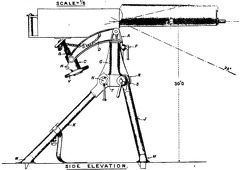 Mounting Tripod ·303 Inch, Maxim Gun Mark
Mounting Tripod ·303 Inch, Maxim Gun Mark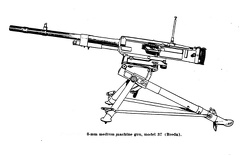 8-mm medium machine gun
8-mm medium machine gun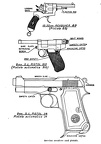 Service Revolver and Pistols
Service Revolver and Pistols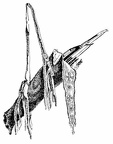 Weapons
Weapons Musketeer wearing a bandolier
Musketeer wearing a bandolier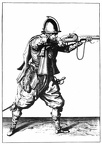 A seventeenth century musketeer
A seventeenth century musketeer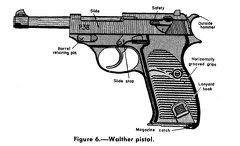 Walther pistol
Walther pistol Sketch of Eierhandgranate 39 (egg-type hand grenade, model 39)
Sketch of Eierhandgranate 39 (egg-type hand grenade, model 39) Method of removing receiver of M.P. 40 from barrel and from magazine hosing
Method of removing receiver of M.P. 40 from barrel and from magazine hosing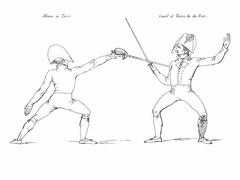 50
50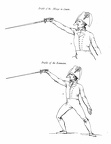 40
40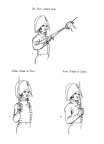 48
48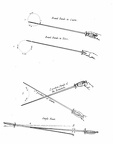 33
33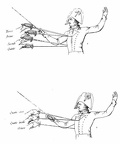 Positions for the use of the sword
Positions for the use of the sword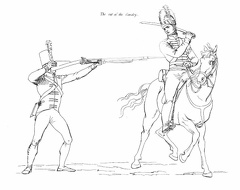 The Cut of the Cavalry
The Cut of the Cavalry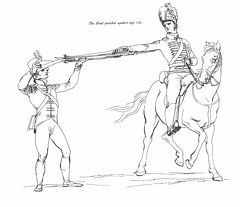 The Head guarded against any cut
The Head guarded against any cut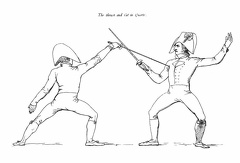 The Cut and Thrust in Quarte
The Cut and Thrust in Quarte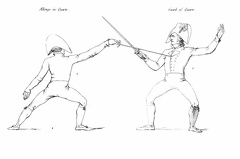 Quarte
Quarte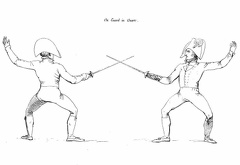 On guard
On guard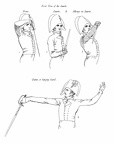 Front View of the Guards
Front View of the Guards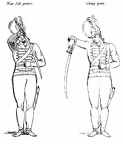 Near Side protect and Giving Point
Near Side protect and Giving Point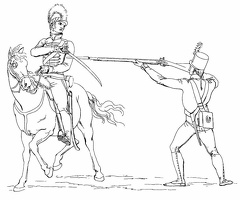 The Situation of the Cavalry man on the near side
The Situation of the Cavalry man on the near side The Cavalry man making point to the right
The Cavalry man making point to the right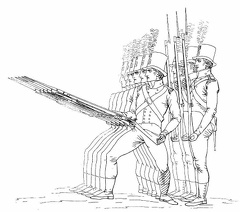 The Bayonet Exercise
The Bayonet Exercise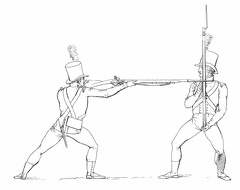 Allonge
Allonge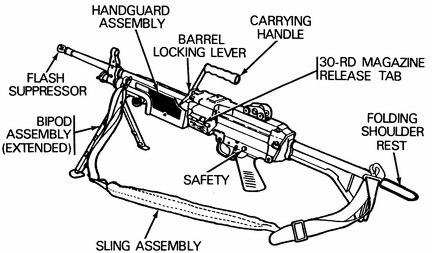 M249 Machine Gun
M249 Machine Gun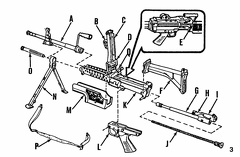 M249 Machine Gun exploded view
M249 Machine Gun exploded view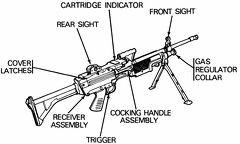 M249 5.56 mm Machine Gun
M249 5.56 mm Machine Gun Gallo-Roman Sword and Horn
Gallo-Roman Sword and Horn Gallo-Roman Weapons
Gallo-Roman Weapons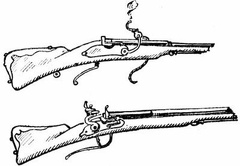 A Matchlock and a Firelock, or Fusil (17th Century)
A Matchlock and a Firelock, or Fusil (17th Century) Arbalest
Arbalest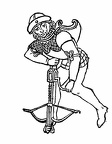 Arbalester
Arbalester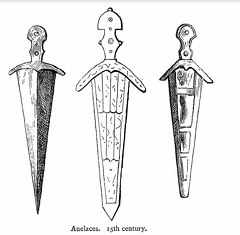 Anelaces
Anelaces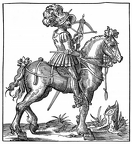 Mounted Crossbowman, with Cranequin crossbow, and a quarrel in his hat
Mounted Crossbowman, with Cranequin crossbow, and a quarrel in his hat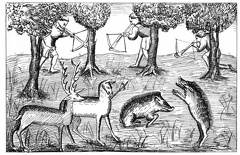 Crossbowmen killing Deer and Wild Boars
Crossbowmen killing Deer and Wild Boars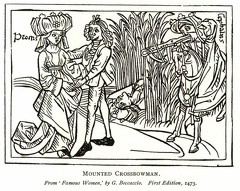 Mounted Crossbowman
Mounted Crossbowman Archer and Crossbowman of about 1370
Archer and Crossbowman of about 1370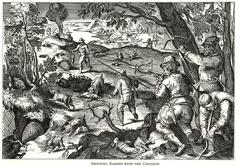 Shooting rabbits with the crossbow
Shooting rabbits with the crossbow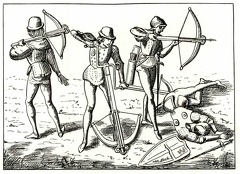 Crossbowmen
Crossbowmen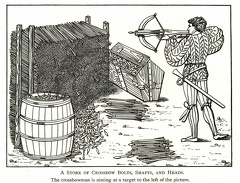 A store of crossbow bolts, shafts and heads
A store of crossbow bolts, shafts and heads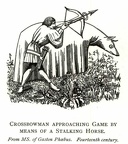 Crossbowman approaching game
Crossbowman approaching game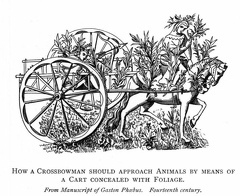 How a crossbowman should approach animals
How a crossbowman should approach animals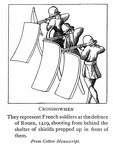 Crossbowmen
Crossbowmen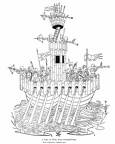 A ship of war, wth crossbowmen
A ship of war, wth crossbowmen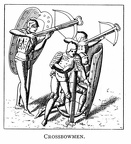 Crossbowmen
Crossbowmen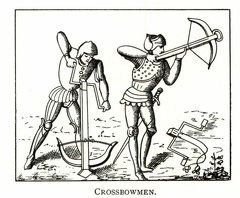 Crossbowmen
Crossbowmen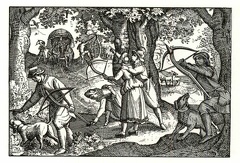 Hunters with crossbows
Hunters with crossbows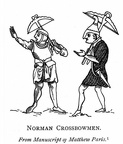 Norman Crossbowmen
Norman Crossbowmen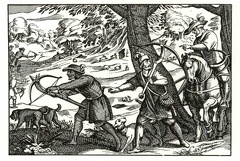 Hunters with crossbows
Hunters with crossbows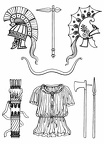 Phrygian helmets, bow, bipennis, quiver, tunic, axe and javelin
Phrygian helmets, bow, bipennis, quiver, tunic, axe and javelin Low Parry
Low Parry Swing
Swing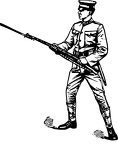 Left Handed use
Left Handed use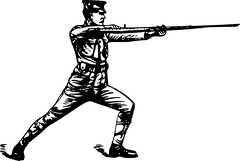 Lunge
Lunge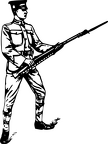 Guard
Guard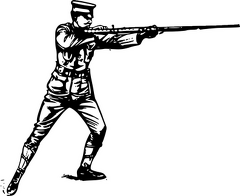 Thrust
Thrust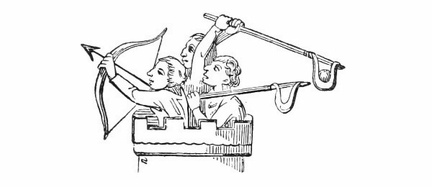 Slings of Warfare
Slings of Warfare



